Administration to implement reworked advisory
The WHS administration will implement a rework to advisory in the 2019-2020 school year. Advisory will now be split into grade-based groupings and will meet four times a week for shorter periods of time. “We’re going to have four meetings per week – Monday, Tuesday, Thursday and Friday, seven minutes each,” Computer Science teacher Michael Hopps said. “We’re going to sprinkle in 30-minute sessions almost every month.”
June 12, 2019
The advisory system at WHS will see a significant rework at the start of the 2019-2020 school year. Advisory meetings will consist of seven-minute sessions between blocks two and three on Mondays, Tuesdays, Thursdays and Fridays. In addition, advisories will be grouped by individual grade, this will result in a slight increase in number of students per each advisory and co-managing by pairs of teachers.
“We’re going to have four meetings per week – Monday, Tuesday, Thursday and Friday, seven minutes each,” computer science teacher Michael Hopps said. “We’re going to sprinkle in 30-minute sessions almost every month. That’s the change from the current model, which is 28 minutes every Wednesday.”
Hopps served on the committee that proposed the changes, along with English teacher Gwen Goldin, English department head Brian Keaney, history department head Kevin Delaney, academic center director Aimee Lima, special education teacher Mark Schwartz, school adjustment Counselor James Chiarelli, guidance counselor Marybeth Sacramone and Principal Allyson Mizoguchi.
The idea to have an advisory revamp originated from a series of faculty meetings at the beginning of the 2018-2019 school year. As part of their professional development, teachers organized into groups to discuss issues at WHS. One of the groups, consisting of about 30 teachers, focused on the advisory system.
“The faculty has recognized for maybe a year or two now that the current advisory system could be improved,” Hopps said. “[At the beginning of the year], we broke into four different groups to fix different things, and the group I was in was focused on advisory.”
In their discussions, the group focused on potential improvements to the advisory system. Their primary goal was to rethink the format of advisory so as to make it more conducive with its original intent.
“The main issue that the group was grappling with was that there was no question whether or not the goal of advisory was a sound one, but that the format was not working well,” Mizoguchi said.
According to the committee, the problem with the current advisory system was that it did not do enough to achieve its main goal: the development of connections among students and between students and teachers.
“What advisory is supposed to do is to connect students with teachers and to have an outside-the-classroom relationship form,” Hopps said. “When you see each other for half an hour once a week, you just don’t get to know each other enough.”
Following their initial discussions, the large group was split into a small core of faculty and administrators that made up the final committee. The committee then worked to solidify the potential changes and prepare them for implementation.
“We took a lot of ideas and discussion from that larger group and tried to implement the changes,” Hopps said.
According to Mizoguchi, another reason the committee cited for the change were the planned changes to the schedule due to the shift in school start times for the 2019-2020 school year.
“My first inclination when I heard about the changes was, ‘let’s not go there next year, we already have a lot of changes planned,’” Mizoguchi said. “However, the pervading opinion among the faculty was that it would be good to do it and get it all done in one year.”
With the proposed change, students will no longer have the opportunity to interact with students from other grades in their advisories. However, according to the committee, the shift will allow students to create more meaningful connections.
“Students will have a daily place to check in and talk to a familiar group of kids,” Hopps said. “They’ll get to meet kids that are in their grade but not necessarily in their classes. When you have a group of 15-17 students and a teacher together for four years, it definitely provides more opportunity to develop connections.”
However, among the student body, the change has not been very well received. In a survey of 100 students, 85% of the respondents stated that they were not in favor of the rework. Junior Nathan Weinstein-Molloy believes the changes will sacrifice more connections than they will build.
“Personally, I really enjoyed my advisory, and I don’t like the changes being made,” Weinstein-Molloy said. “I really enjoyed the multi-grade dynamic, and I felt that the whole point of advisory was to connect with people who weren’t in your grade. With these changes, we’re losing that aspect.”
Despite the lack of enthusiasm for the proposal, Hopps and the rest of the committee stand by their decision and hope students will reverse their opinions following the implementation of the changes.
“In general, people typically hear that things are going to change and react negatively toward that change,” Hopps said. “I’d say most of those opinions are currently uninformed – most people are probably speaking off the cuff and reacting before they understand [the rework]. So I’m hoping that the changes are met with a better reception than that.”

![During the WHS club fair, a student signs up for the Eliza J. Norton Foundation Club. In this club, students meet every week and come up with ideas to spread the message. "[This club] really touches a lot of people in the town," senior Molly Bergeron said.](https://waylandstudentpress.com/wp-content/uploads/2025/10/IMG_1335-1200x800.jpg)

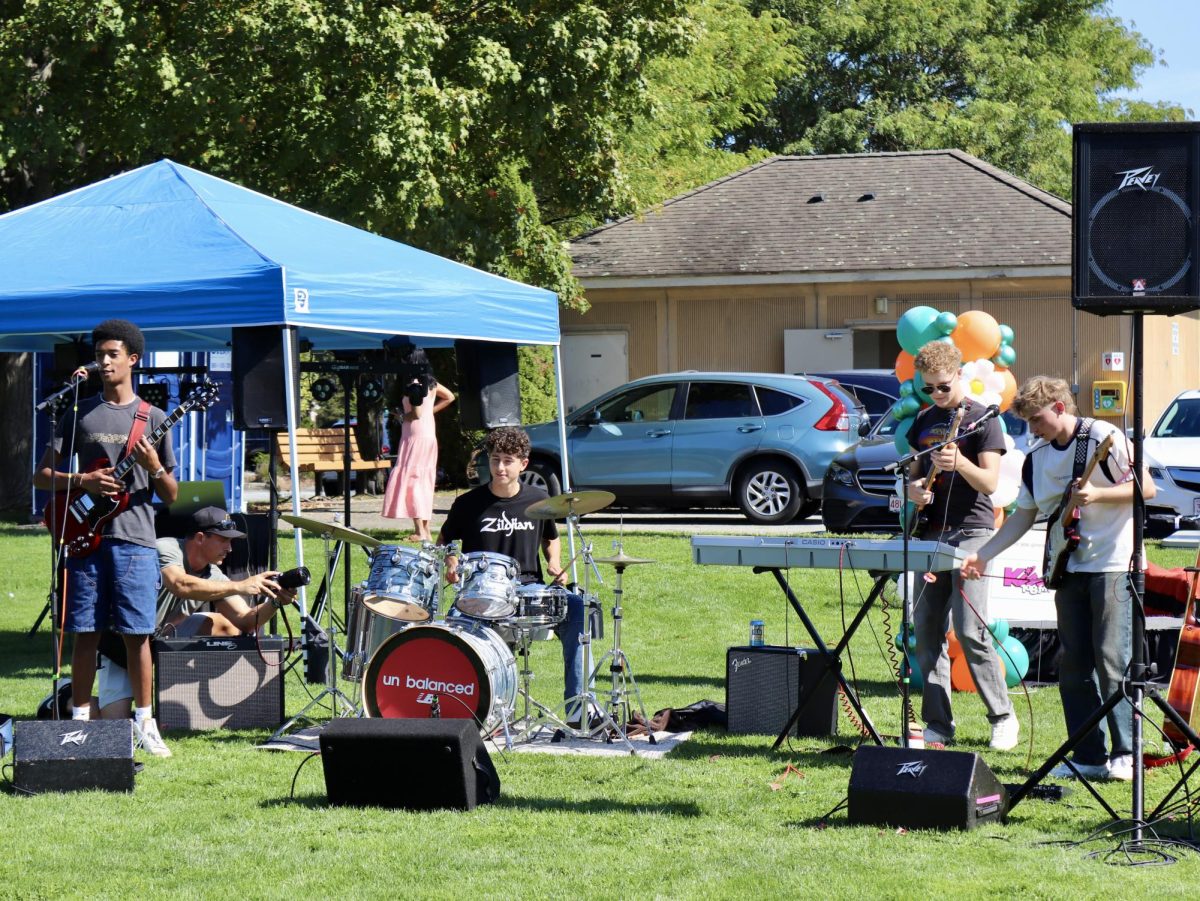

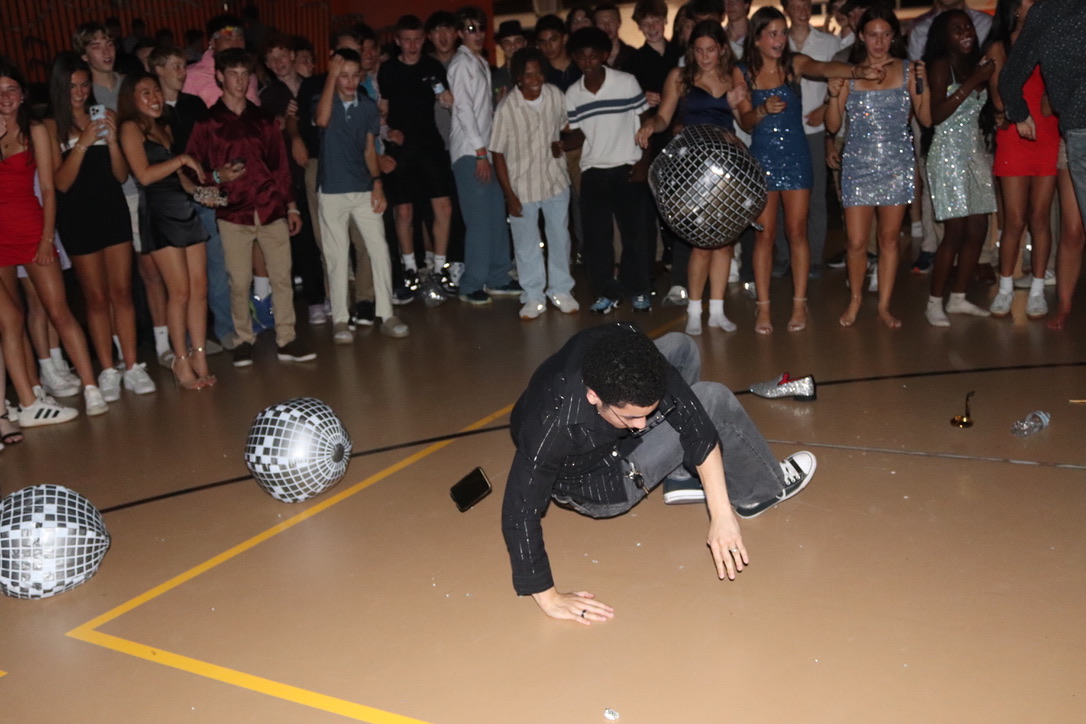








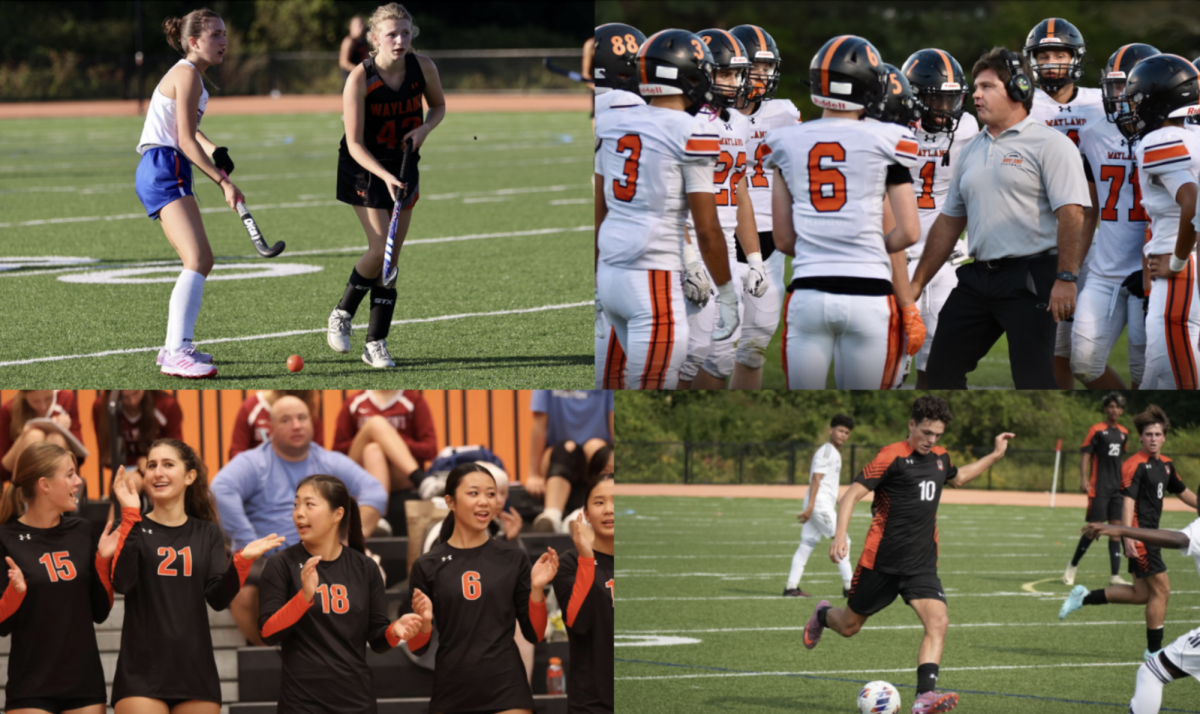
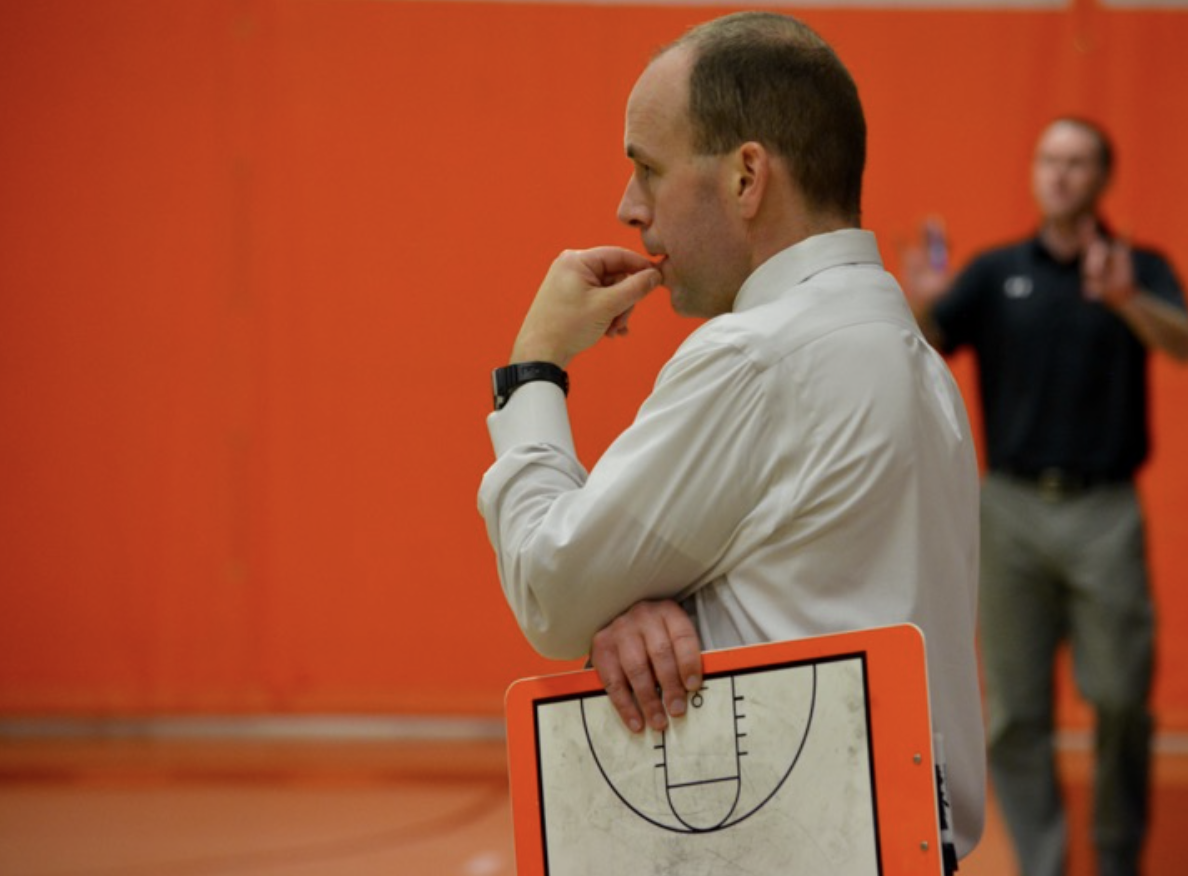











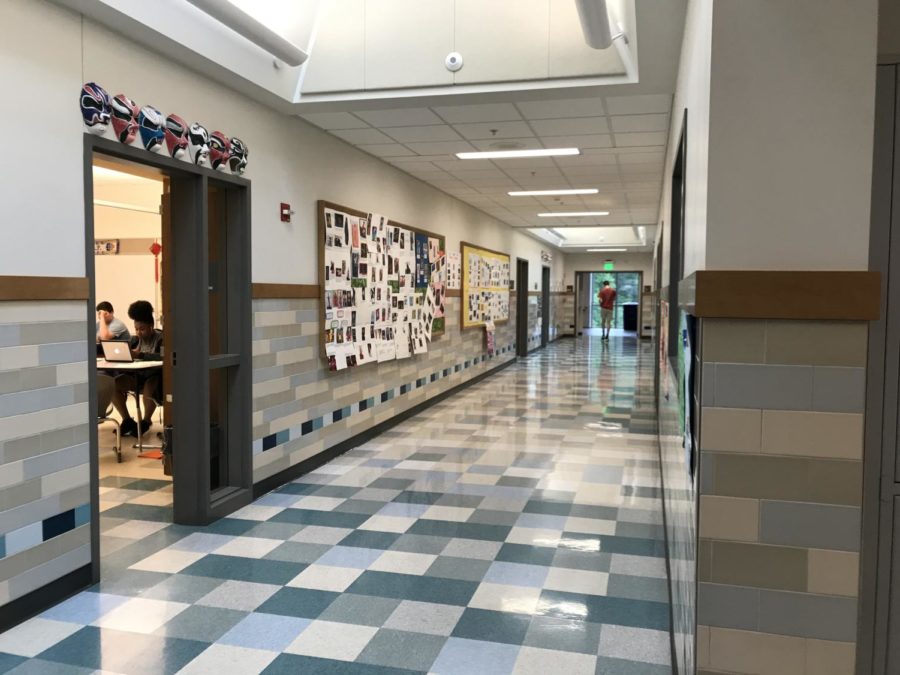
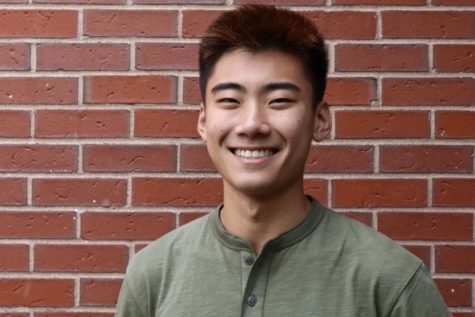
Kush Bhagat • Jun 14, 2019 at 11:26 AM
So this is essentially moving back towards a homeroom like setting plus a 30 minute advisory once a month.